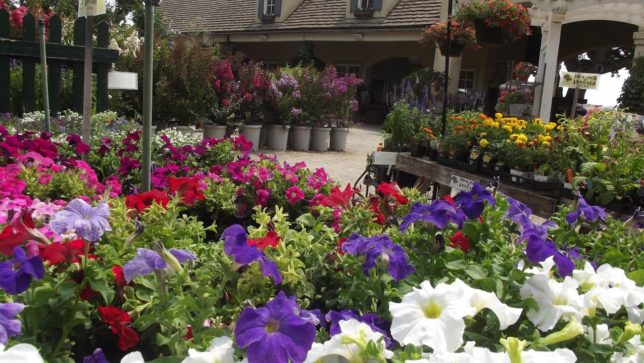
Aaahhh summer! The living is easier.
Summer is definitely the time to enjoy your garden and patio. July is the summer midpoint and a good time to take a second look at those flowerbeds – do they need a face-lift? We have just what you need in the blooming department.
By adding Soil Moist granules in the planting soil you’ll save 50% of your water.
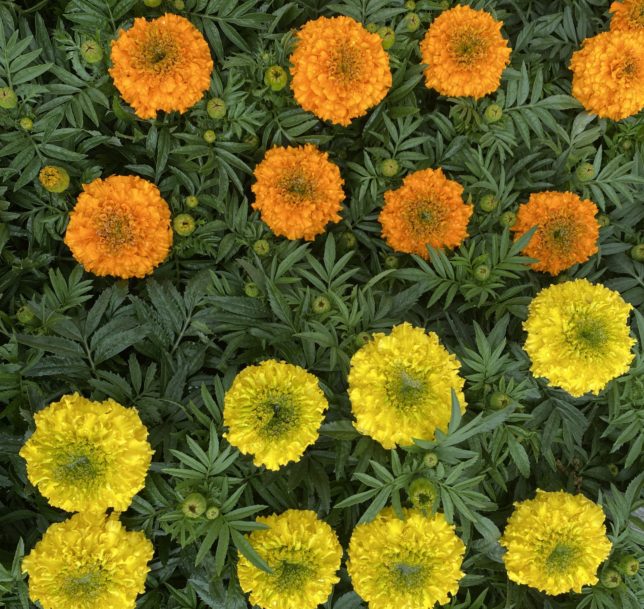
Marigolds – Marigolds are summer blooming flowers whose colors range from pale yellow through bright orange and then dark rust. They are a favorite for full sun, coming in various heights from 6 to 24″. Brushing against the leaves releases its unique fragrance. Marigolds are said to be excellent companion plants, repelling some of the undesirable small sucking insects.
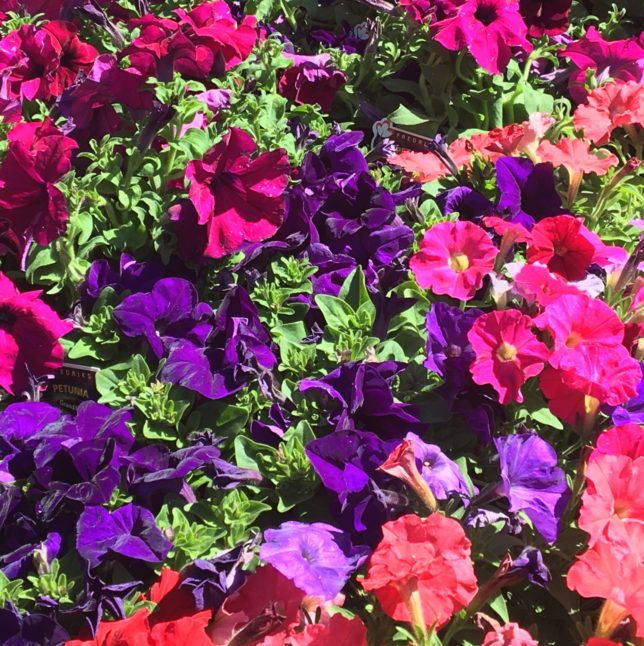
Petunias – Petunias fill a niche beautifully with their saucer-shaped flowers with a range from pinks through reds and purples. Petunias like sunny locations and can tumble nicely down the side of a pot or basket.
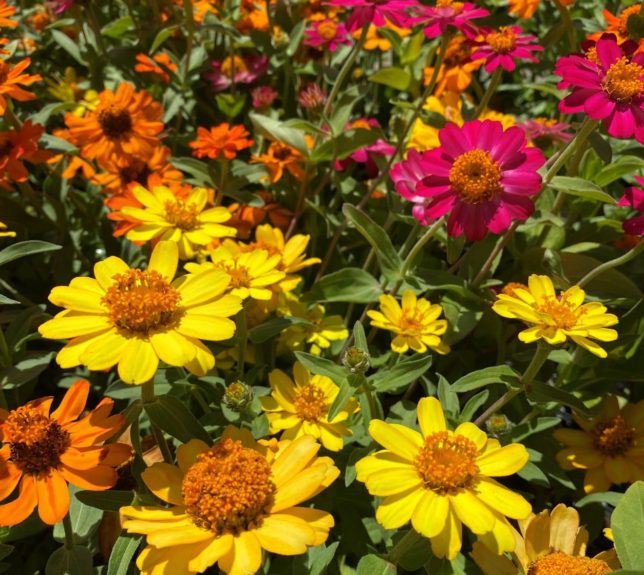
Zinnias – Zinnias make a brilliant addition to the summer flower garden, loved by novice and expert gardeners alike. The pollinators love them too! They bloom effortlessly from summer to frost, and the more you cut, the more they branch and bloom. Keep zinnias consistently moist but not soggy; allowing the top inch of soil to dry between watering once plants are established.
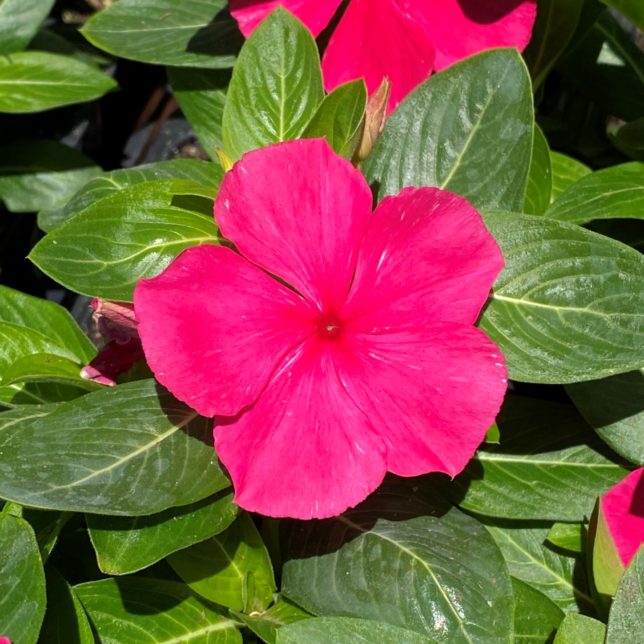
Vinca – If you love the look & profusion of impatiens but need something that thrives in full sun, annual vinca is a great choice. Enjoy an abundance of small, colorful flowers all summer long and well into our warm fall.
Loads of flower colors to choose from and the deep green leaves are always attractive.
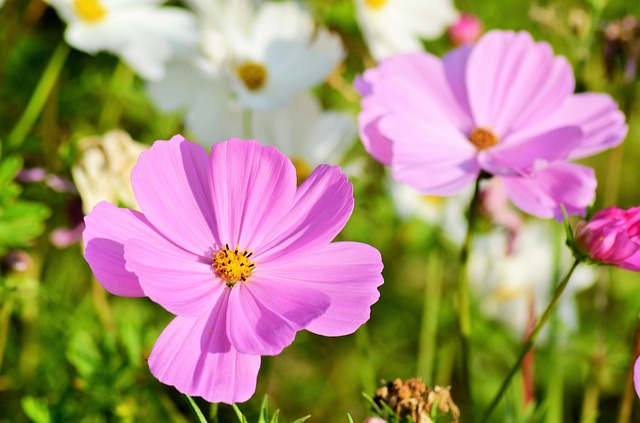
Cosmos – White, rose or dark pink “daisy style” flowers. It is available in a variety of sizes from compact to nearly 4 foot tall. Cosmos have finely textured foliage and is capped by the colorful blooms each with a sunny-colored ‘eye’. hardy through the first frosts.

 Almost everything that grows in the ground will also grow in containers, and the portability of container gardening means you can bring plants to the patio, and enjoy a summer retreat with the beauty, color, texture, and vibrance that living plants bring.
Almost everything that grows in the ground will also grow in containers, and the portability of container gardening means you can bring plants to the patio, and enjoy a summer retreat with the beauty, color, texture, and vibrance that living plants bring.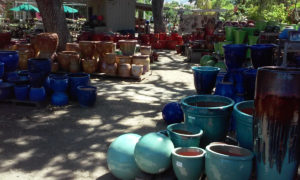 Perennial Gardens
Perennial Gardens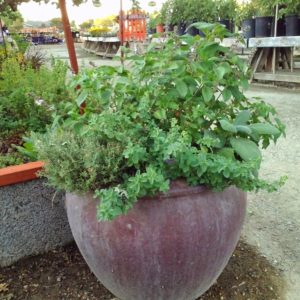
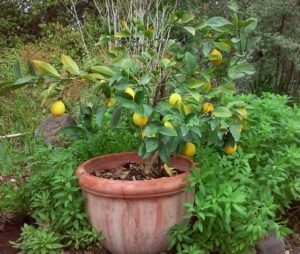 Sweet Scented Citrus Gardens
Sweet Scented Citrus Gardens Summer gardening is a bit different here in the Livermore Valley. There are days the cooling layer of fog barely reaches the Oakland Hills let alone Livermore. So take some hot weather precautions for your garden to protect it from the withering temperatures. Glance through our gardening tips for some great ideas.
Summer gardening is a bit different here in the Livermore Valley. There are days the cooling layer of fog barely reaches the Oakland Hills let alone Livermore. So take some hot weather precautions for your garden to protect it from the withering temperatures. Glance through our gardening tips for some great ideas.

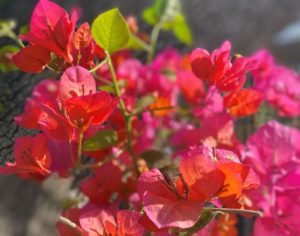
 We have gorgeous bougainvilleas to train up a south or west-facing wall that will give you sheets of color all summer long. Choose from a variety of tropical colors. Don’t forget to ask for planting directions as they have sensitive root systems and will need frost protection in winter.
We have gorgeous bougainvilleas to train up a south or west-facing wall that will give you sheets of color all summer long. Choose from a variety of tropical colors. Don’t forget to ask for planting directions as they have sensitive root systems and will need frost protection in winter.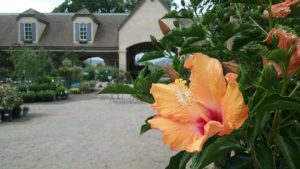 Bring shades of Hawaii to your plantings with glossy leaved tropical hibiscus, again in lots of vibrant colors like red, yellow and pink. We have these both in bush and patio tree forms, to give instant height to your garden. Plant these in a protected spot in the garden as they require shelter from the frost and wind. Hibiscus love sun and heat. They bloom late spring through the fall.
Bring shades of Hawaii to your plantings with glossy leaved tropical hibiscus, again in lots of vibrant colors like red, yellow and pink. We have these both in bush and patio tree forms, to give instant height to your garden. Plant these in a protected spot in the garden as they require shelter from the frost and wind. Hibiscus love sun and heat. They bloom late spring through the fall.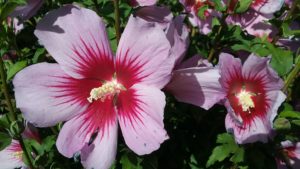 A deciduous, frost hardy member of the Hibiscus family is the Rose of Sharon. It produces stunning flowers in the summer and makes an excellent single stemmed tree as well as a large shrub.
A deciduous, frost hardy member of the Hibiscus family is the Rose of Sharon. It produces stunning flowers in the summer and makes an excellent single stemmed tree as well as a large shrub.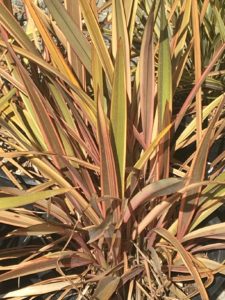
 Kids and gardening seem to go hand in hand. Dirt itself has a natural draw for children, as is the magic of planting a seed and discovering its power to change and morph and grow. If you have kids in your life, include them in the gardening process by planting with them or at least with them in mind.
Kids and gardening seem to go hand in hand. Dirt itself has a natural draw for children, as is the magic of planting a seed and discovering its power to change and morph and grow. If you have kids in your life, include them in the gardening process by planting with them or at least with them in mind. Radishes from seed are extremely quick to germinate and grow to fruition within just 3 to 4 weeks from seed packet to table; radishes are the fastest way to illustrate the harvest cycle from start to finish.
Radishes from seed are extremely quick to germinate and grow to fruition within just 3 to 4 weeks from seed packet to table; radishes are the fastest way to illustrate the harvest cycle from start to finish.

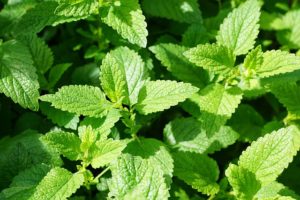
 More
More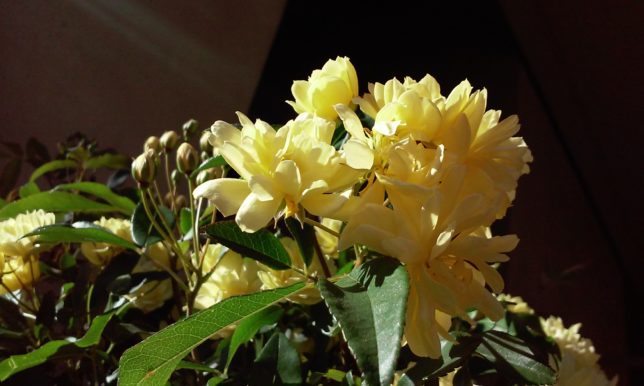
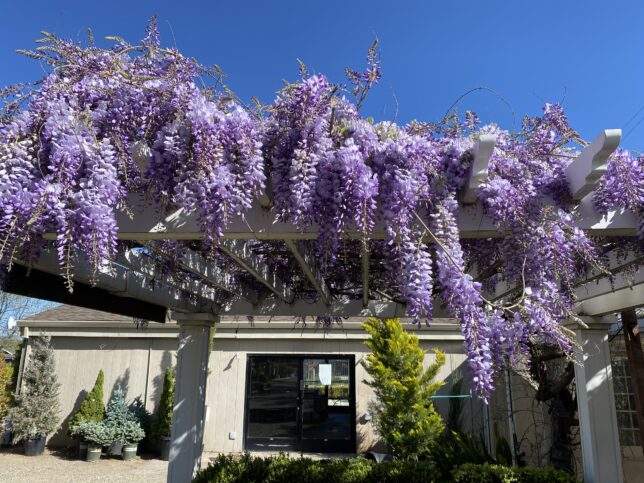
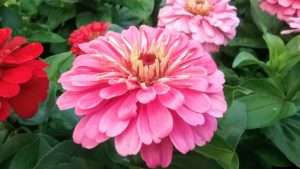 Zinnias make a brilliant addition to the summer flower garden, loved by novice and expert gardeners alike. The pollinators love them too! They bloom effortlessly from summer to frost, and the more you cut, the more they branch and bloom.
Zinnias make a brilliant addition to the summer flower garden, loved by novice and expert gardeners alike. The pollinators love them too! They bloom effortlessly from summer to frost, and the more you cut, the more they branch and bloom.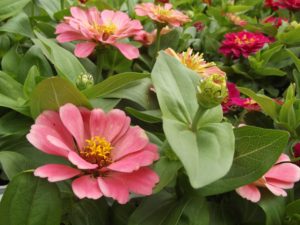
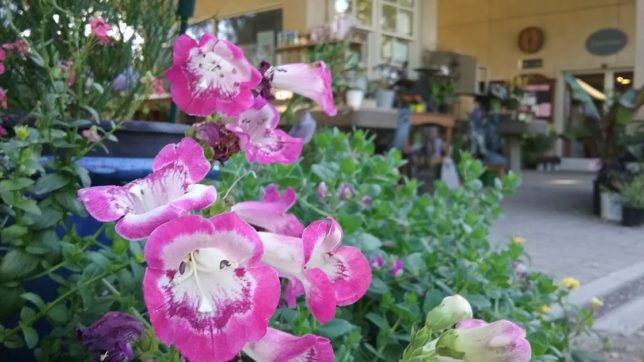
 Elegant and reliable perennials; valued by gardeners for their spires of foxglove-like flowers. Outstanding color varieties make it difficult to choose just one. Hummingbirds aren’t choosy; they like them all. Penstemon will perform all summer with regular deadheading, full sun & good garden soil.
Elegant and reliable perennials; valued by gardeners for their spires of foxglove-like flowers. Outstanding color varieties make it difficult to choose just one. Hummingbirds aren’t choosy; they like them all. Penstemon will perform all summer with regular deadheading, full sun & good garden soil. Gaura means “superb”, and it is. Imagine tall, loose wands of pinkish white stars, dancing on the wind. From spring to fall, this plant will flourish on a hot, dry slope, and in many other water-restricted sites. Blended with other perennials, it serves as a softening element for brighter colors. Give it a full season to establish.
Gaura means “superb”, and it is. Imagine tall, loose wands of pinkish white stars, dancing on the wind. From spring to fall, this plant will flourish on a hot, dry slope, and in many other water-restricted sites. Blended with other perennials, it serves as a softening element for brighter colors. Give it a full season to establish.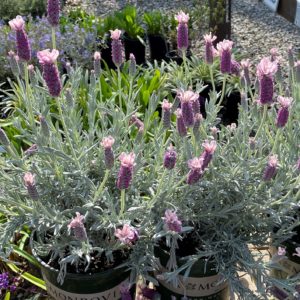
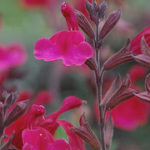 Known as Autumn Sage, they are available in a number of flower colors – red, yellow, pink, white and purple. Erect growth to about three feet with medium green foliage. Blooms for much of the season, spring through fall. Plant in full sun.
Known as Autumn Sage, they are available in a number of flower colors – red, yellow, pink, white and purple. Erect growth to about three feet with medium green foliage. Blooms for much of the season, spring through fall. Plant in full sun.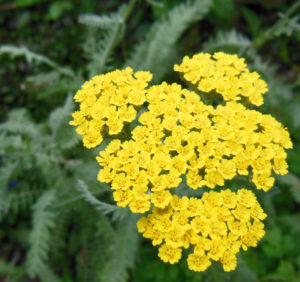
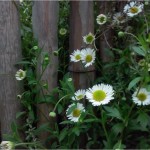 One of the easiest daisies to grow, and very water-wise. Adds sparkle to the flower garden, usually grows about 12″ high and 18″ wide. Blooms heavily in spring and then moderately through the warm season.
One of the easiest daisies to grow, and very water-wise. Adds sparkle to the flower garden, usually grows about 12″ high and 18″ wide. Blooms heavily in spring and then moderately through the warm season.